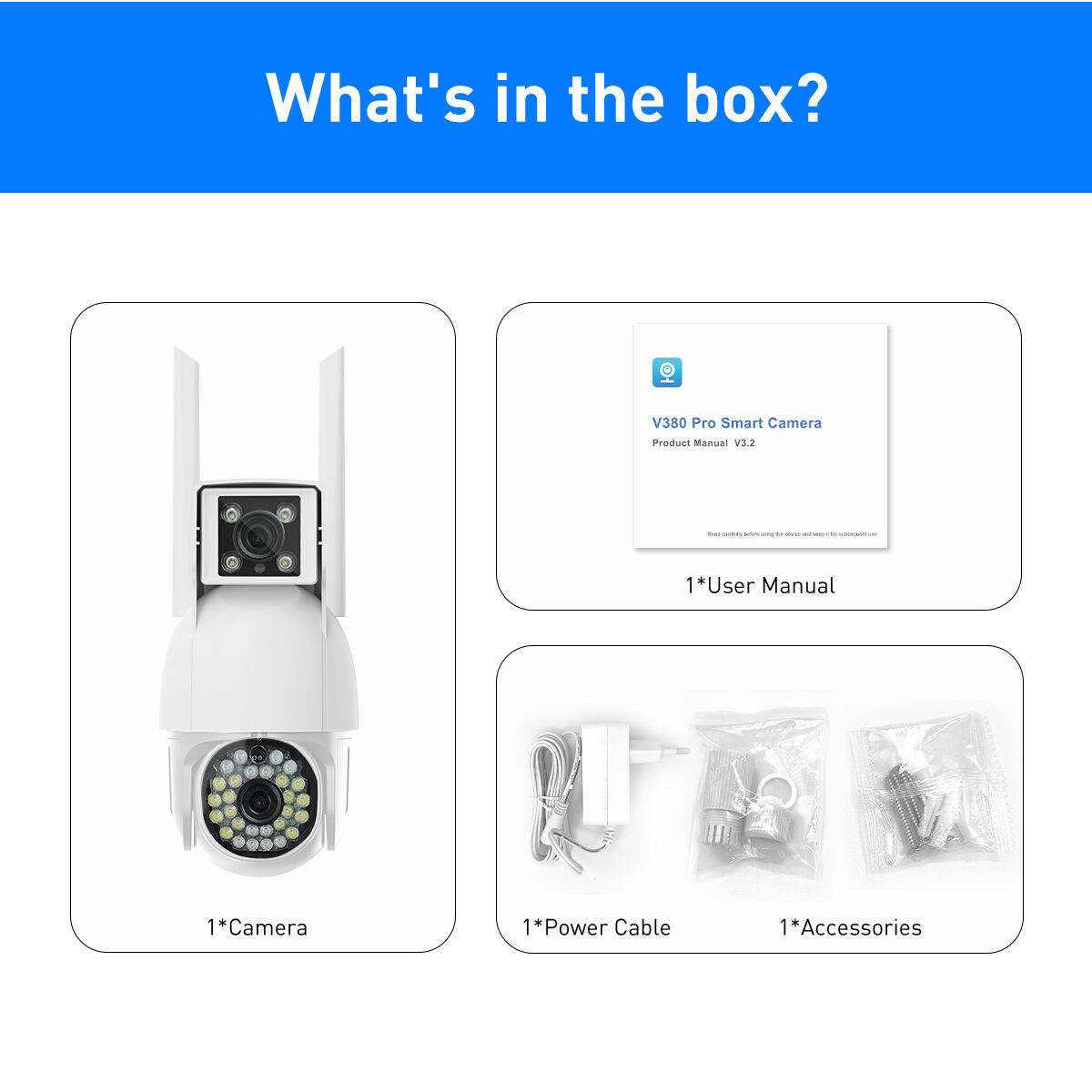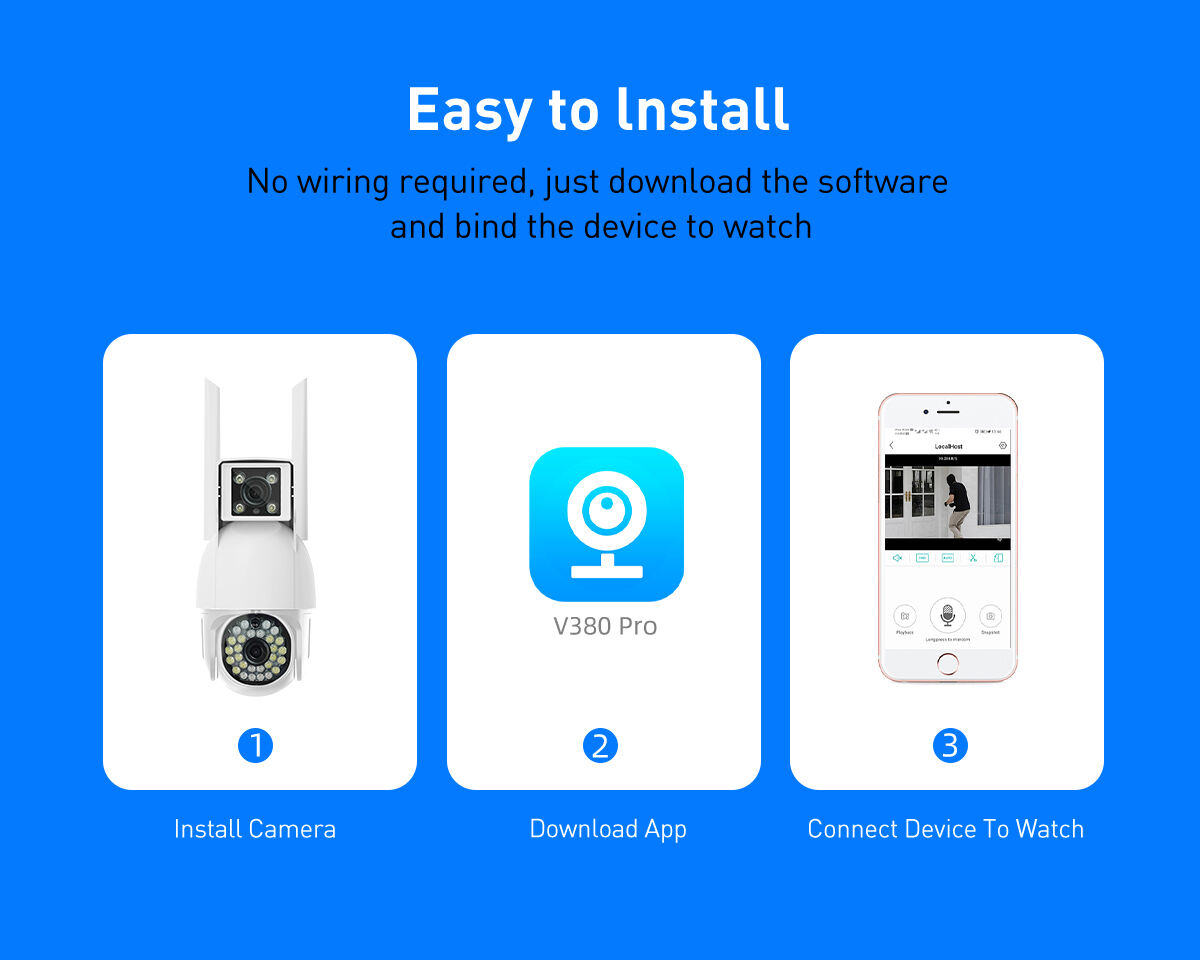dvb s2 satellite
DVB-S2 (Digital Video Broadcasting - Satellite Second Generation) represents a significant advancement in satellite communication technology. This sophisticated broadcasting system delivers enhanced performance and efficiency compared to its predecessor, DVB-S. The system employs advanced modulation and coding techniques, including QPSK, 8PSK, 16APSK, and 32APSK, enabling it to achieve superior spectral efficiency and improved error correction capabilities. DVB-S2 supports various roll-off factors and adaptive coding and modulation (ACM), allowing for optimal transmission parameters based on individual receiving conditions. The technology provides exceptional flexibility in handling different types of content, from standard definition to high definition broadcasting, and supports both consumer and professional applications. With its robust forward error correction (FEC) system and variable coding rates, DVB-S2 ensures reliable signal transmission even under challenging weather conditions. The system's ability to maintain high-quality transmission while maximizing bandwidth efficiency makes it particularly valuable for satellite operators and service providers. Its implementation has revolutionized satellite broadcasting by enabling more channels, better picture quality, and improved service reliability within the same satellite capacity.


